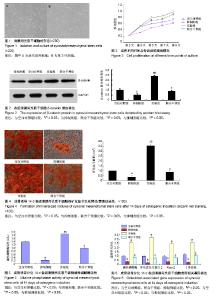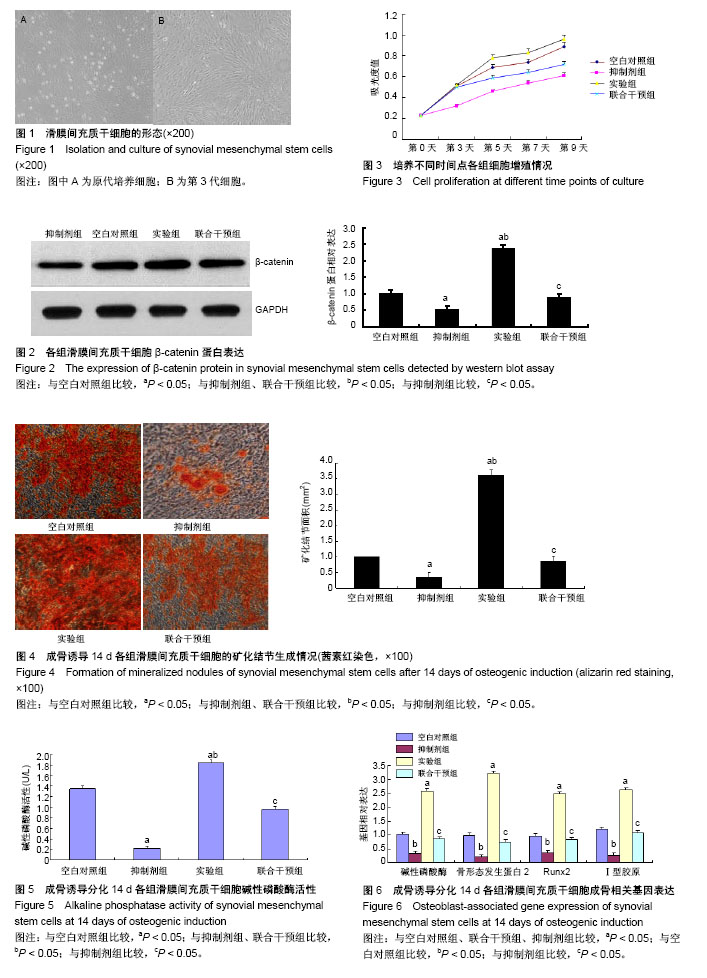| [1] 曹烈虎,翁蔚宗,陈晓,等.同种异体骨移植在骨质疏松性肱骨近端骨折中的临床应用研究[J].中华肩肘外科电子杂志, 2018,6(1): 11-18.[2] 李忠海,刘谟震,赵彦涛,等.三种植骨材料在腰椎后路椎间融合中的应用比较[J].中国骨与关节杂志,2018,7(3):230-235.[3] 王自刚,张伟亚,郑俊儒,等.跟骨锁定钛板结合同种异体骨移植治疗跟骨关节内骨折疗效分析[J].农垦医学,2017,39(2):133-136.[4] 邓子文,黄东.同种异体骨移植修复骨缺损的应用进展[J].山东医药,2017,57(32):98-100.[5] 郝剑,郝钊.骨移植材料研究进展[J].中国中西医结合外科杂志, 2016,22(1):92-94.[6] Zhang J, Xiao D, He X, et al. A novel porous bioceramic scaffold by accumulating hydroxyapatite spheres for large bone tissue engineering. III: Characterization of porous structure. Mater Sci Eng C Mater Biol Appl. 2018;89:223-229. [7] Liu Y, Chan JK, Teoh SH. Review of vascularised bone tissue-engineering strategies with a focus on co-culture systems. J Tissue Eng Regen Med. 2015;9(2):85-105. [8] Pearson RG, Bhandari R, Quirk RA, et al. Recent Advances in Tissue Engineering. J Long Term Eff Med Implants. 2017;27 (2-4):199-231. [9] 孙银凤,张国荣.组织工程肌腱种子细胞、支架材料和生长因子的研究进展[J].中国医学创新,2018,15(4):137-140.[10] 胡宏悻,步子恒,刘忠堂.组织工程技术治疗骨软骨缺损的研究进展[J].转化医学电子杂志,2017,4(12):11-16.[11] De Bari C, Dell'Accio F, Vandenabeele F, et al. Skeletal muscle repair by adult human mesenchymal stem cells from synovial membrane. J Cell Biol. 2003;160(6):909-918. [12] Yoshimura H, Muneta T, Nimura A, et al. Comparison of rat mesenchymal stem cells derived from bone marrow, synovium, periosteum, adipose tissue, and muscle. Cell Tissue Res. 2007;327(3):449-462. [13] Chang CH, Chen CC, Liao CH, et al. Human acellular cartilage matrix powders as a biological scaffold for cartilage tissue engineering with synovium-derived mesenchymal stem cells. J Biomed Mater Res A. 2014;102(7):2248-2257. [14] 王鹏程,游洪波,毛泽楷,等.CD105+滑膜间充质干细胞的磁珠分选及成软骨能力研究[J].中华实验外科杂志, 2017,34(6): 921-923.[15] 谢金硕.Kartogenin对滑膜间充质干细胞成软骨分化以及兔软骨缺损修复的研究[D].上海:第二军医大学,2016.[16] 崔岩,马承斌,孙楠,等.骨性关节炎滑膜间充质干细胞分化能力研究[J].临床军医杂志,2016,44(3):224-229.[17] 芮云峰,林禹丞,陈辉,等.晚期骨关节炎患者膝关节滑膜间充质干细胞的体外成骨分化[J].中国组织工程研究, 2013,17(45): 7840-7846.[18] 毕声荣,温振涛,王右瑞,等.兔脂肪垫滑膜间充质干细胞分离、纯化及诱导定向分化研究[J].南昌大学学报(医学版), 2015,57(3): 10-13,18.[19] 杨睿,欧阳毅,陈仲,等.膝骨关节炎滑膜间充质干细胞多向分化及免疫抑制能力[J].中华关节外科杂志(电子版), 2016,10(3): 298-304.[20] Dimitriou R, Jones E, McGonagle D, et al. Bone regeneration: current concepts and future directions. BMC Medicine. 2011; 9(1):66. [21] 方亮,张凡勇,吴继雄.肠易激综合征患者结直肠黏膜降钙素基因相关肽和 P 物质表达及与临床症状的相关性[J].疑难病杂志, 2017,16(1):64-67.[22] 马高旗.降钙素基因相关肽对成骨细胞影响的研究进展[J].西南军医,2013,15(4):389-392.[23] 卢燕婉,常立军,吕海东.血管性痴呆患者神经肽Y和降钙素基因相关肽的临床意义[J].中国实用神经疾病杂志, 2017,20(13): 47-49.[24] 付红敏,龚燕.降钙素基因相关肽与肺部疾病[J].国际儿科学杂志,2017,44(12):818-821.[25] 王浩,陈森,马雨洪,等.降钙素基因相关肽对滑膜来源间充质干细胞增殖与成骨分化的调控作用[J].山东医药,2014,54(23):27-29.[26] 胡伟全,张雷,徐敬,等.滑膜间充质干细胞向透明软骨分化条件的体外研究[J].临床与病理杂志,2016,36(6):776-784.[27] 张遥,任秀智,韩金祥.Wnt信号通路与人类疾病相关性的研究进展[J].中国生物制品学杂志,2018,31(1):81-86.[28] 杨雅芝,张小燕,李剑.间充质干细胞衰老相关信号通路[J].中国实验血液学杂志,2018,26(1):307-310.[29] 董旺超.Wnt/β-catenin信号通路与骨性关节炎的形成机制[J].河南中医,2015,35(1):81-83.[30] 周君,何成奇.Wnt/β-catenin信号通路在骨重建中的作用研究进展[J].中国康复医学杂志,2015,30(5):513-516. |

